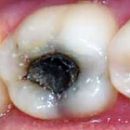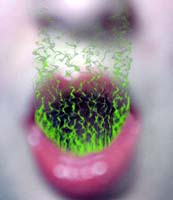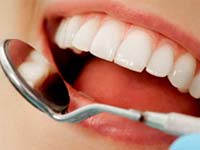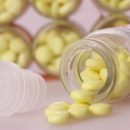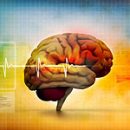Periodontitis is different. Infectious, traumatic or drug. Correctly diagnose periodontitis - the key to successful treatment
Content
Views of periodontitis
After caries and pulpitis periodontitis occupies the 3rd place on the contrary to the population in dental institutions.
The leading demand for a dentist's doctor in the treatment of periodontitis is complete cure, t.E. The elimination of the sauer-chief focus of inflammation in extremely short time, treatment should be carried out in the minimum number of visits and not accompanied by the exacerbation of the inflammatory process.
The cause of periodontitis can be infected with periodonta, injury, toxic effect of drug drugs.
By origin, periodontitis is divided into:
- Infectious
- Non-infectious
- Traumatic
- Drug
Infectious periodontitis develops as a result of direct implementation in periodontal pathogenic microorganisms from a tooth canal. In periodontitis, not separate types of microbes are usually detected, but the various associations. In anaerobic flora, gram-positive coils prevail (mostly streptococci) and staphylococci. They are usually evoked together with other microorganisms - Weillousellah, lactobacteriums, cinnobacteria, yeast-like mushrooms.
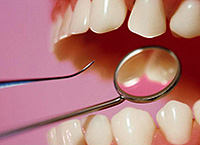 Traumatic periodontitis It ends or immediately after the direct impact on the tooth periodont of the traumatic factor, and the reason can be the sharp injury (impact, perforation of the root), including under operational interventions (citrate, tumor removal, tooth, etc.D.), or with a long-term traumatic effect on a periodontal (chronic injury, incorrectly made seals, dentures, long-term tooth overload in the process of orthodontic treatment, occlusal injury).
Traumatic periodontitis It ends or immediately after the direct impact on the tooth periodont of the traumatic factor, and the reason can be the sharp injury (impact, perforation of the root), including under operational interventions (citrate, tumor removal, tooth, etc.D.), or with a long-term traumatic effect on a periodontal (chronic injury, incorrectly made seals, dentures, long-term tooth overload in the process of orthodontic treatment, occlusal injury).
Periodontitis as much as soon as a consequence of injury develops quickly, with sharp phenomena. With long-term injury, periodontal changes are growing gradually: initially periodontal adapts to inadequate irritation.
Medical periodontitis, As a rule, it develops under the overdose of pharmacological agents or as a result of the impact on the periodontal of potent drugs. There are also periodontitis, developing as allergic effects on the use of the drug, capable of provoking a local immunological conflict (antibiotics, eugenol).
Most often, drug-periodontitis occur after the treatment of pulpitis using arsenic paste, paraformaldehyde, formalin root channel processing, phenol, strong acids. Here are periodontitis, developing in response to the introduction of pins, phosphate cement, resorcin-formalin paste and other sealing materials in a periodontitis.
Medical periodontitis often develops and after applying sealing materials (cements, plastics, composite materials) and various pastes containing formalin, thymol, tricpsol-formalin. The division of periodontitis depending on the causal factor matters to select the treatment method.
But often periodontitis begins as traumatic, as a result of the bruise, and then as a result of penetration in a period of infection, infectious periodontitis develops, and then it is difficult to carry out a line between the infectious and traumatic types of the inflammatory process. In these cases, a thorough clinical examination allows you to clarify the cause of the disease and apply treatment.

